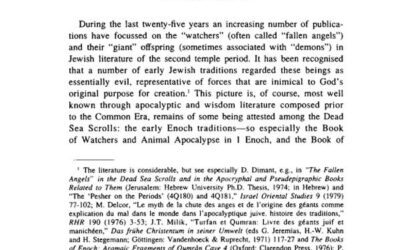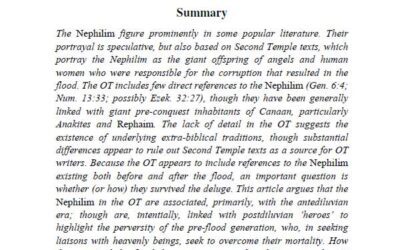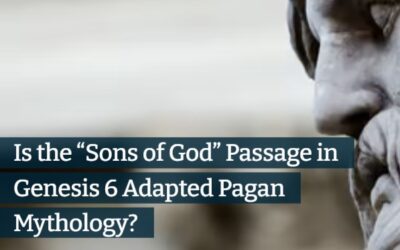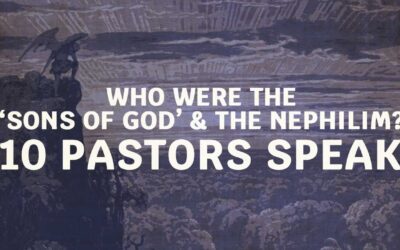Welcome to Chasing the Giants, a resource for exploring ancient texts and unraveling the mysteries surrounding the “sons of God” and the Nephilim.
Today, we delve into an insightful research paper titled “The Punishment of Asael (1 En. 10:4-8) and Mesopotamian Anti-Witchcraft Literature.” Authored by Henryk Drawnel, this paper offers a unique perspective on the punishment of Asael within the Book of Enoch, shedding light on its possible connection with Mesopotamian witchcraft beliefs.
Henryk Drawnel, a faculty member in the Department of Biblical Studies at John Paul II Catholic University of Lublin, is a scholar and teacher in the field of Qumran studies and Jewish apocalyptic literature.
Research Focus:
In this research paper, Drawnel focuses on the punishment of Asael, a fallen angel mentioned in the Book of Enoch (1 Enoch 10:4-8). Drawing from his expertise in Qumran studies, Drawnel investigates the possible influence of Mesopotamian anti-witchcraft literature on the portrayal of Asael’s punishment. He explores how the Book of Enoch employs Mesopotamian conceptions of witchcraft to convey a cautionary message about the dangers associated with it.
The Punishment of Asael(Az:
Drawnel begins by providing a concise overview of the Book of Enoch, an ancient work composed during the Second Temple period (ca. 300 BCE-70 CE). The book encompasses various traditions, including astronomical observations, eschatological visions, and wisdom teachings. Central to the book’s concerns is the problem of evil, which is exemplified in the punishment of Asael.
The author then delves into the realm of Mesopotamian anti-witchcraft literature, which flourished with intricate beliefs and practices surrounding witchcraft. Within this cultural milieu, witches were believed to possess the ability to harm others through the use of spells, control over demons, and even influence the natural elements.
Drawnel argues that the punishment of Asael in the Book of Enoch draws upon these Mesopotamian conceptions of witchcraft. Asael is depicted as a teacher of forbidden knowledge, including the secrets of the world. The punishment he receives, being bound in chains and cast into darkness, aligns with the traditional penalties assigned to witches in Mesopotamian lore.
The paper concludes by emphasizing that the punishment of Asael serves as a potent warning to the Book of Enoch’s readers, cautioning them against the perils of witchcraft. It reflects the author’s concerns about the societal challenges and the potential harm posed by practitioners of witchcraft during a time of social and political unrest.
Conclusion:
We invite you to continue your exploration of this fascinating topic through the wealth of research available on Chasing the Giants. Our website features a comprehensive database of ancient sources relating to the Genesis 6:1-4 story, offering a window into the interpretations of past generations. Additionally, you will find a collection of modern Christian commentators who shed further light on the subject, allowing for a comprehensive study of this enduring narrative.
Note: The research paper “The Punishment of Asael (1 En. 10:4-8) and Mesopotamian Anti-Witchcraft Literature” by Henryk Drawnel was published in Revue de Qumrân.






